The history, development and gameplay of Llamasoft's latest
TxK is the latest in a particular genre of arcade-style shooters which can be described as “neo-retro”. These games are characterised by gameplay inspired by arcade games of old, but take advantage of modern hardware to provide graphics and audio that far surpass anything that was possible back in ancient times.
Often they take as inspiration some aspect of an older display style and, through modern graphics hardware and techniques, seek to create an experience that is evocative of its ancestry but far nicer-looking. You’ve all seen games like “Geometry Wars“, where the enemies and player characters are made of glowing lines.
These line-based displays go back to an old, obsolete yet beautiful display technology that was used in the arcades, called “vector graphics”. Back then it was not possible to generate pixel-based displays that had a high resolution, and as a result images in games tended to look blocky, as if made out of bricks. “Vector graphics” was a different way of driving a graphics display, causing it to draw thin lines instead of screenfuls of pixels.
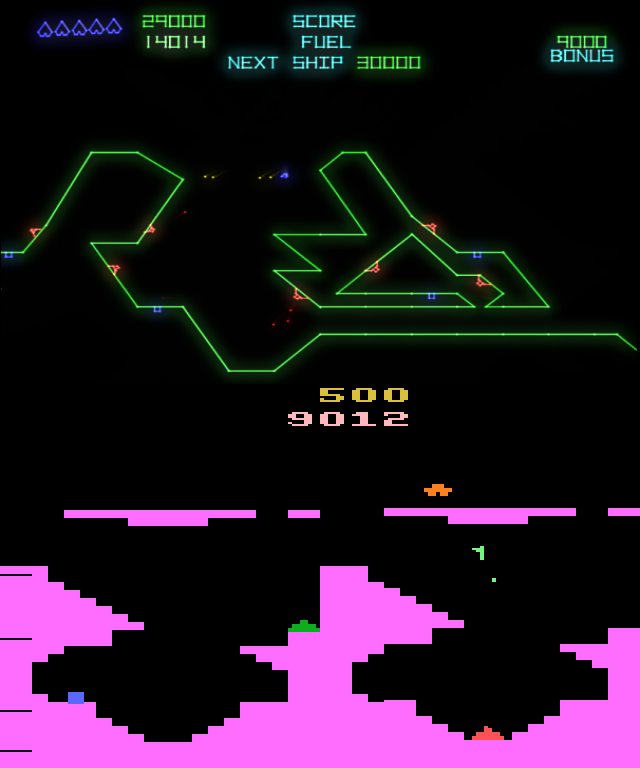 Here the same game – “Gravitar” – can be seen drawn in vector graphics (top) and in the limited resolution pixel graphics of a home console of the day (bottom).
Here the same game – “Gravitar” – can be seen drawn in vector graphics (top) and in the limited resolution pixel graphics of a home console of the day (bottom).Vector graphics came with their own limitations – it was not possible to create objects filled with solid colours, for example, or extremely detailed backgrounds; everything had to be made up of thin lines. But for many games this was an acceptable trade-off if it allowed designers to avoid the extremely chunky look of pixel-based displays of the day.
These very limitations forced upon the games that used vector displays a particular abstract aesthetic that made them distinctive and, to many, particularly beautiful.
As time passed and display technology improved, pixel displays became much higher in resolution, and vector displays fell out of use. With higher spatial and colour resolution, displays became capable of displaying much more “realistic” graphics, and a trend began towards ever increasing realism in games, leading to the point we’re at today, where the graphics in the latest games almost look as real as life.
In games, though, we are not constrained by any necessity to be realistic. Realism is great for many kinds of games, and I wouldn’t be without it when driving in Driveclub or slaying dragons in Skyrim. Sometimes, though, it’s nice to explore non-realistic graphic styles. Neo-retro titles explore the same kind of geometric, abstract aesthetic that was enforced on the old vector games, but are free to revel in the removal of the limitations that the old displays had, often to beautiful artistic effect.
One of the foundations of the neo-retro style was Llamasoft‘s own Tempest 2000, released in 1994, which espoused the geometric, abstract nature of its vector-based arcade ancestor and augmented it with graphical enhancements that were for their day state of the art – filled polygons, particle systems and feedback effects.
The game also introduced new depths of gameplay way beyond that of its arcade ancestor, and included a storming techno soundtrack to accompany the shooting action. Spread across 100 levels and punctuated with gentle, floaty Bonus Rounds that were the perfect counterpoint to the fast-paced shooting gameplay of the main game, T2K was considered one of the best games of its time and is still fondly remembered by many today.
Since then we’ve done a lot of work in a variety of different styles across a lot of platforms. When given the opportunity to create a game for PS Vita we thought it’d be nice to do something in the style of the very genre that we helped originate 20 years ago, and so TxK was born.
We’ve tried to create something that is pure and beautiful in the same way as the old abstract vector-graphics arcade games, but vibrant and modern in aspect and effects as you play.
Unlike in arcade games we’re not obliged to make games punishingly short so as to keep you putting coins in the machine. You can settle in and enjoy the ride. We believe that playing a game should be its own reward, whether or not you end up getting a high score. Games should be all about having fun!
You’ll blast your way through 100 levels and 3 different game modes to keep you challenged whether you want a long, session or a quick 5 minutes of gaming on the go. Enjoy meeting a wide variety of enemies along the way and blowing them up into millions of glowing particles with the powerups at your disposal!
A whole herd of excellent musicians have collaborated to being you a soundtrack that is even better than that of T2K back in the day. Your ears will be dancing right off your head as you blast your way to the top of the score table!
Fluffy, floaty Bonus Rounds await those who diligently collect the Powerups on each level. You can’t die in Bonus Rounds – just chill out, enjoy the flight and the music! You’ll find the game looks beautiful on your Vita (and sounds awesome too, plug in those headphones).
We think you’ll find a lot to enjoy in TxK, and we hope it’s something that you’ll keep on your Vita for years to come just for the sheer fun and beauty of playing it. Check back tomorrow for a brief Beginner’s Guide – follow its simple guidelines and you’ll be trancing your way through the levels with euphoric aplomb!



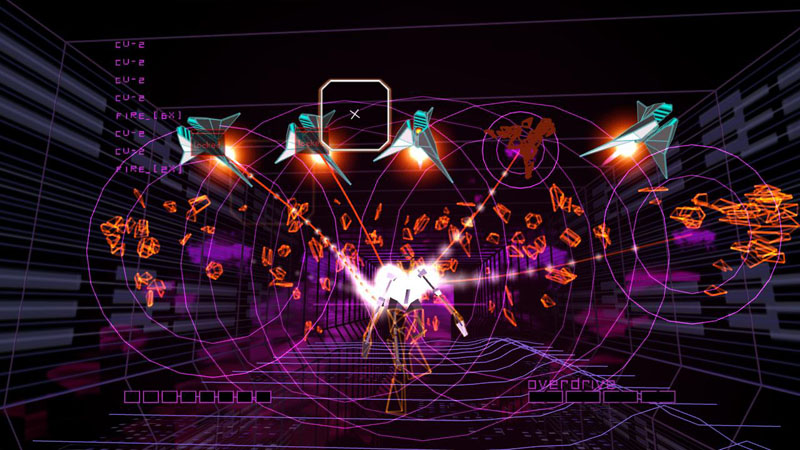

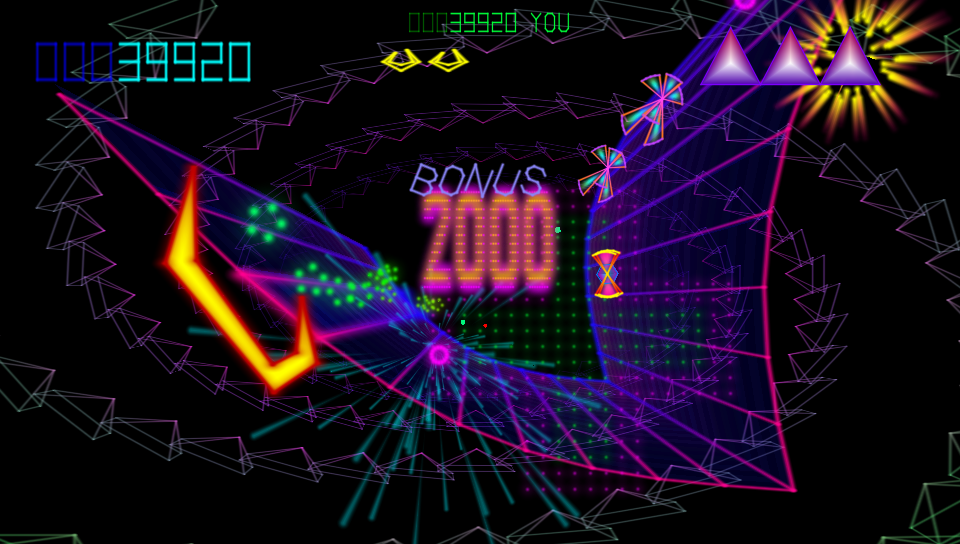
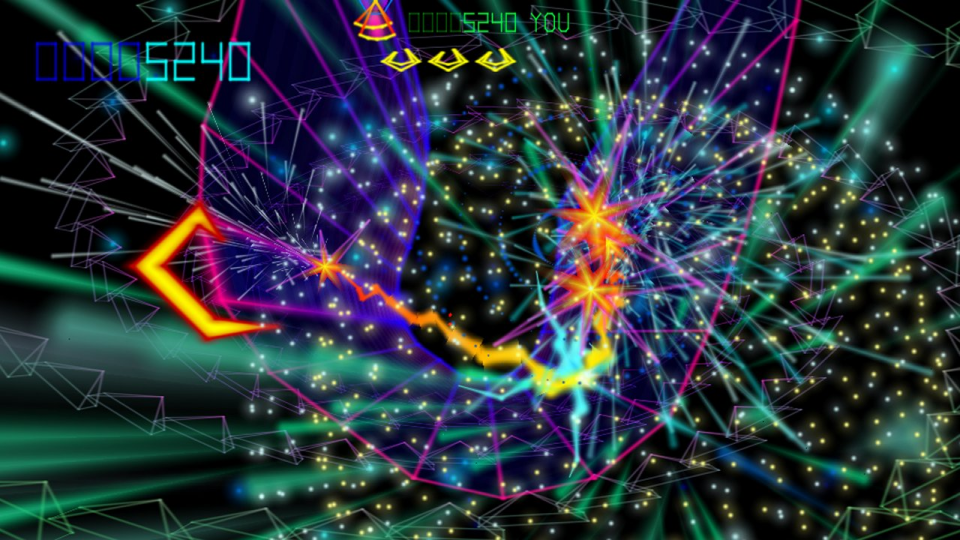


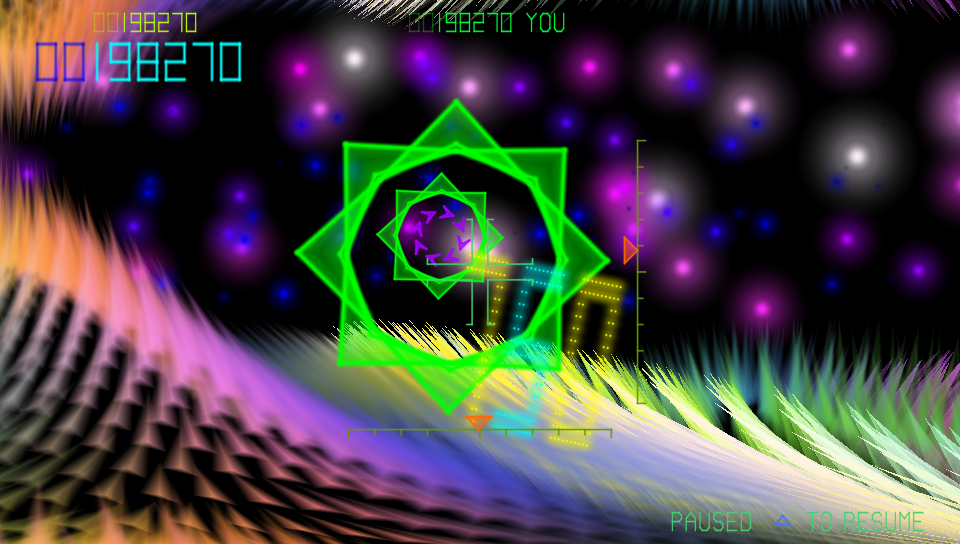
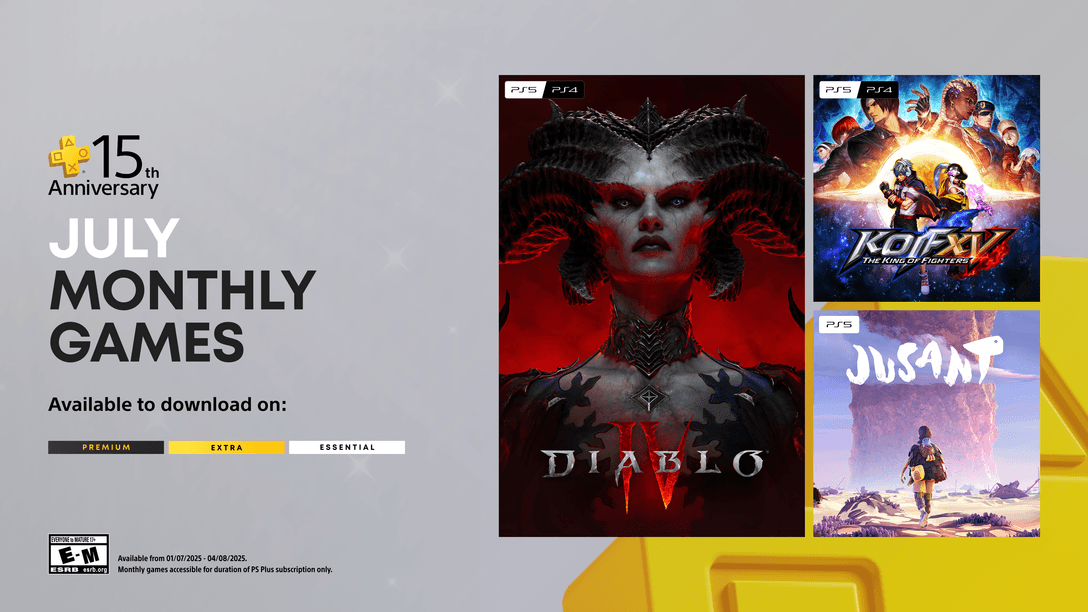

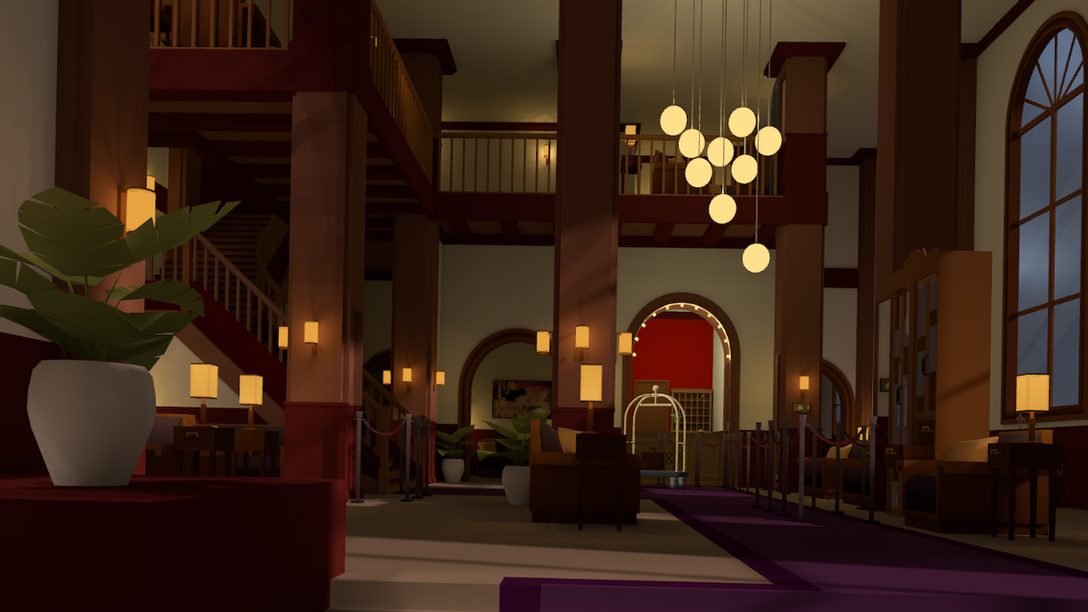





Join the Conversation
Add a CommentBut don't be a jerk!
27 Comments
Loading More Comments